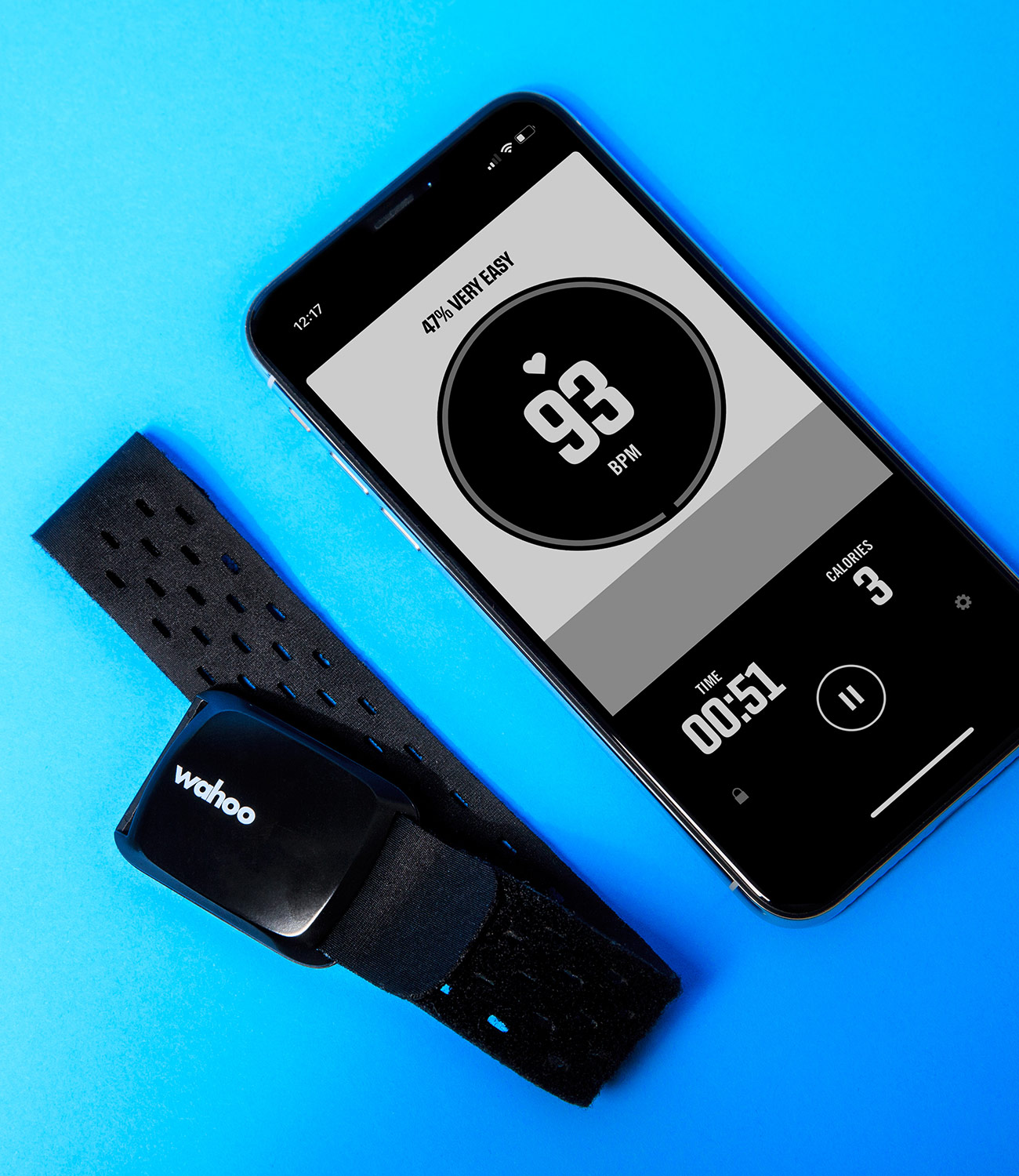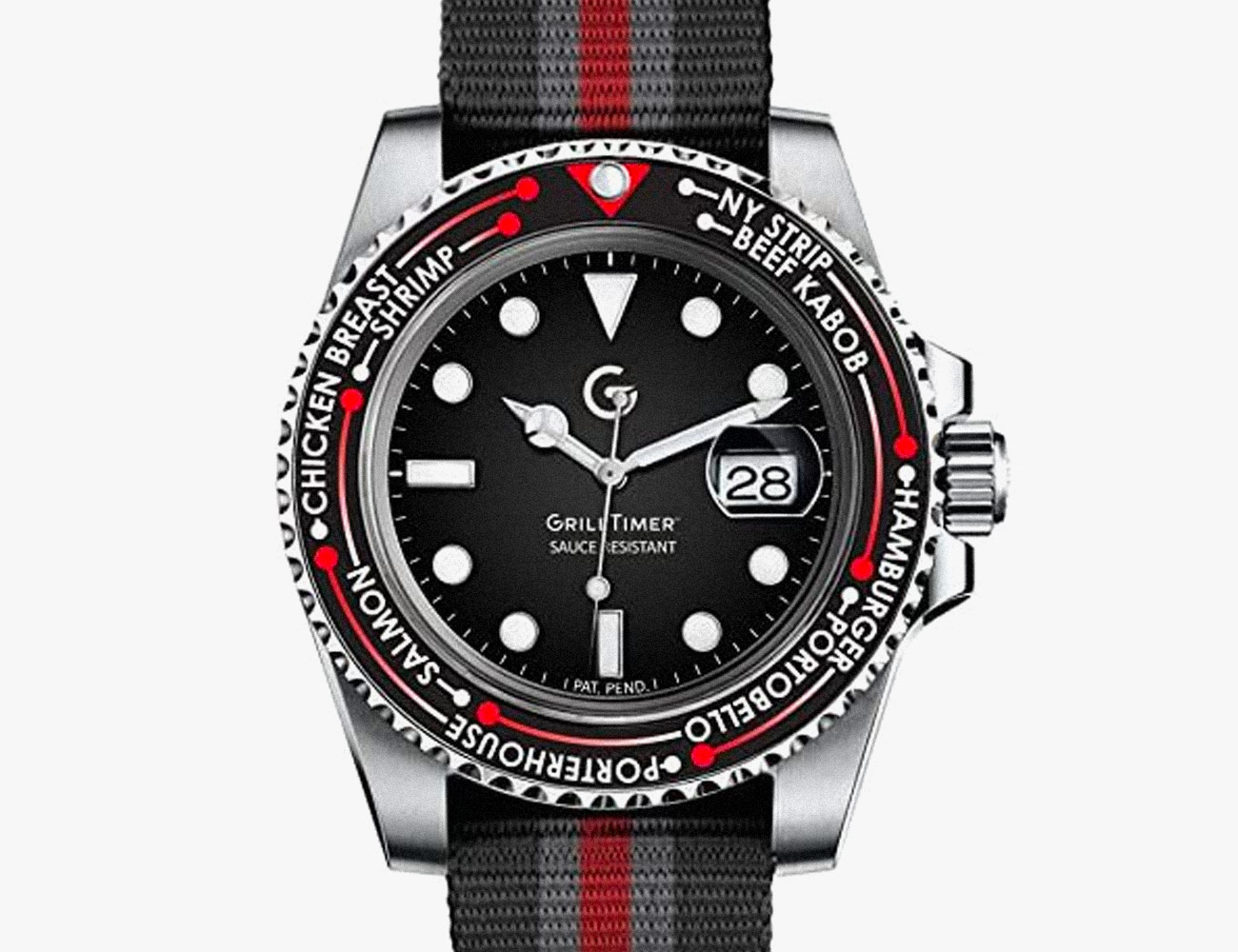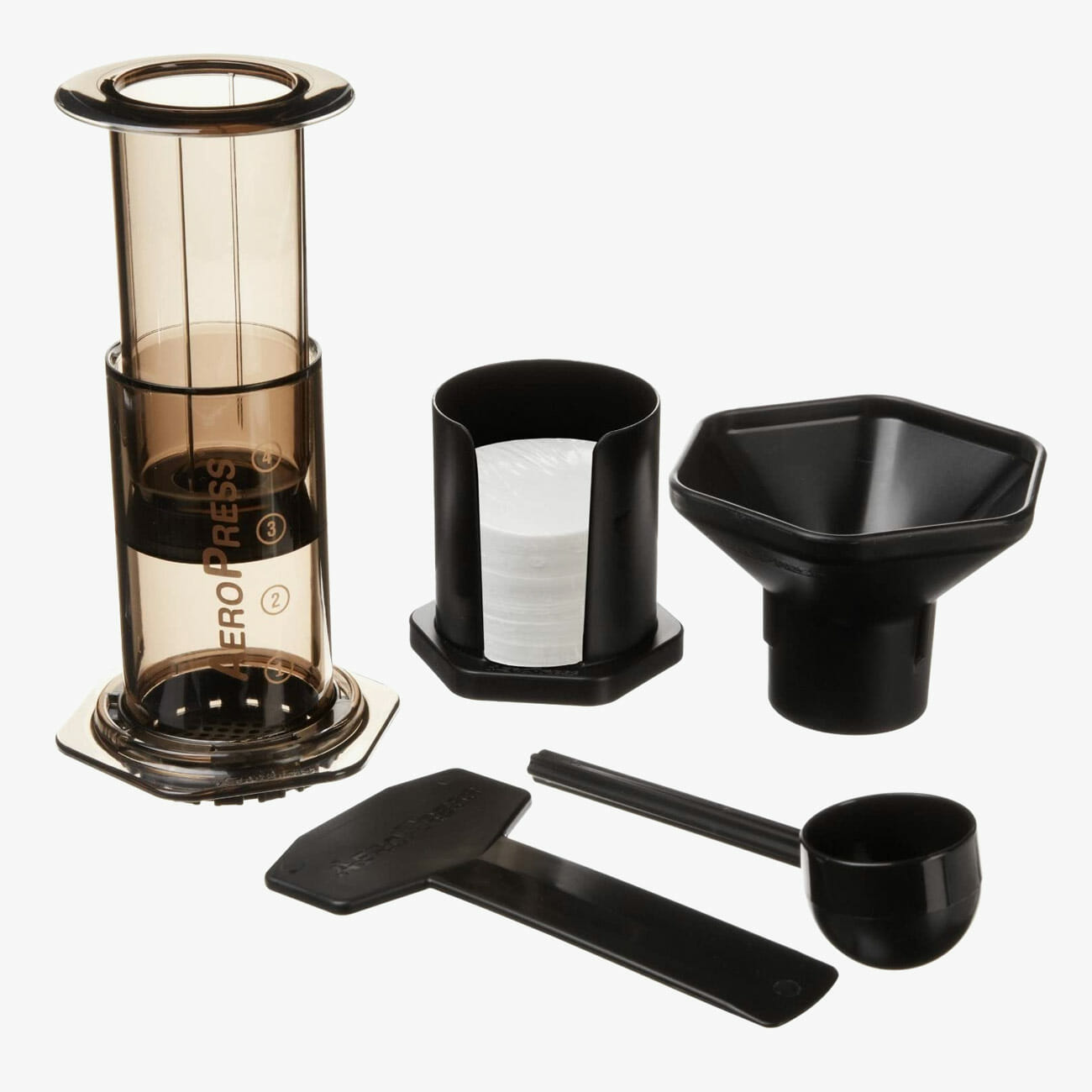Wrist-based heart rate tracking has come a long way, but it’s not perfect. The Wahoo TICKR Fit is an easy to wear, simple to use solution to that problem. Strap it on your arm and go — no more struggling with a chest strap heart rate monitor. But is it a worthy addition to your standard fitness tracker?
The Good: The simplicity of this heart rate monitor is where it shines. The TICKR Fit has a long battery life, is easy to charge and seamlessly connects to phones, apps and more. The adjustable bands fit a variety of arm sizes, and it can track running, biking, indoor cycling, weightlifting and tons more workouts via the Wahoo app. The actual heart rate monitoring is accurate and connects right away using Bluetooth and ANT+. It also works with a variety of apps like Strava, MapMyFitness, Runkeeper, Nike+ Running, Apple Health and Cyclemeter.
Who They’re For: If you’re an athlete who’s interested in heart rate training the TICKR Fit is a great option. If you don’t trust your fitness tracker’s heart rate monitor, the TICKR Fit is also a great pick up as a backup. Or if you don’t use a tracker and want to start, this is a pretty easy one to start with. You don’t have to wear it all day long, and you don’t need to charge it every single night.
Watch Out For: The wristbands only come in two sizes and can take a little finagling to get the strap onto the device. The device is entirely black, so it’s easy to lose in the deep dark pockets of a gym bag. And with little to no instructions on the box, it can be slightly confusing if you’ve never used one before.
The one instruction is to download the app. There are a variety of fitness apps that work with this tracker, and the one suggested is Wahoo Fitness, which only tracks cycling and running, so if you’re doing anything outside of those workouts, it’s best to download another app.

Alternatives: Wahoo also makes a chest strap, the TICKR Heart Rate Monitor at a slightly lower price point ($50). Scosche and Polar both have similar armband heart rate straps, the Rhythm+ ($80) and OH1 ($80). While I haven’t tested these, they are similar on paper.
The Verdict: I wore the TICKR Fit over the course of two months on runs, interval and speed workouts, to the gym and indoor cycling classes and it eventually won me over. At first, I couldn’t quite figure out why you would use something like this. I already wear a tracker on my wrist, so do I need another that only tracks heart rate? While I’m still not 100% convinced, I do recognize the value in having these stats on my phone. Other trackers seem to fall short of providing me with all the heart rate data I could need for training purposes.
Out of the box, it takes less than two minutes to set up and start working out (depending on how long it takes for you to download the app). While the recommended app is Wahoo Fitness, I found myself using the Wahoo RunFit app more frequently. As a runner, it seemed to make the most sense, but then I realized you could do more than just track running and walking. Hit Cardio to track your heart rate through an indoor bike, elliptical or general cardio workout, or hit Strength to monitor the 7 Minute Workout (another Wahoo app).
But how accurate is the heart rate data? As far as I could tell, it was very accurate. I wore the Wahoo TICKR Fit alongside my Apple Watch, Fitbit Ionic and Garmin 645, and they were all within a few points of each other. The majority of my testing comes from indoor cycling and running, where it functioned well. There were some variations in the data, but I expected a small percentage of variability when comparing wrist-based vs. arm based.
The battery life was never an issue during the time I used it. While I did not take it through a competition or training session for an Ultra or Ironman (to push it to its 30-hour battery life), the fact that it lasted through so many activities without losing charge is a strong vote of confidence.
So will I continue wearing it? If I decided I didn’t want to wear a tracker on my wrist, this would be an easy solution to continue to have heart rate tracking saved on my phone. When worn with a watch, it’s a bit overkill, but not so apparent that people would look at you funny — as they do when you wear two wrist-mounted fitness trackers. Also, if you already wear a chest strap and have no issues, the only reason to swap to this would be if you hate the feeling of the chest strap. There’s no need to get this wet before securing to your arm, which is a plus. I plan to continue using this on an ad-hoc basis, but also recommend to friends who might not use a tracker, but have been looking for something to wear only during workouts.
What Others Are Saying:
• “In many ways, I suspect the TICKR FIT may be testing grounds for other products or features down the road. Even the device itself is actually a bit sparse compared to the Scosche or Polar offerings, which have more features like speed/cadence functionality as well as storage. Heck, it’s even more sparse than Wahoo’s own chest offerings. Wahoo declined to say what additional hardware may be inside the TICKR FIT, but it’d be odd to me if it didn’t at least match the hardware of the TICKR series (which has accelerometers and storage in it).” — Ray Maker, DC Rainmaker
• “Wearing a heart-rate monitor around your chest isn’t for everyone. The strap can slip down or feel restrictive, and some people don’t like the inconvenience of having to remove clothing to take it on and off. The alternative, the wrist monitor, might feel more comfortable, but research has questioned its accuracy and reliability, especially during exercise when it’s prone to moving around. The Tickr Fit is worn on your forearm, just below your elbow. The perforated band is lightweight and comes in both small (10-inch) and large (15-inch) to accommodate arms of all sizes. I wore it during an indoor-cycling session, and no amount of sweat caused it to slip.” — Selene Yeager, Bicycling.com




